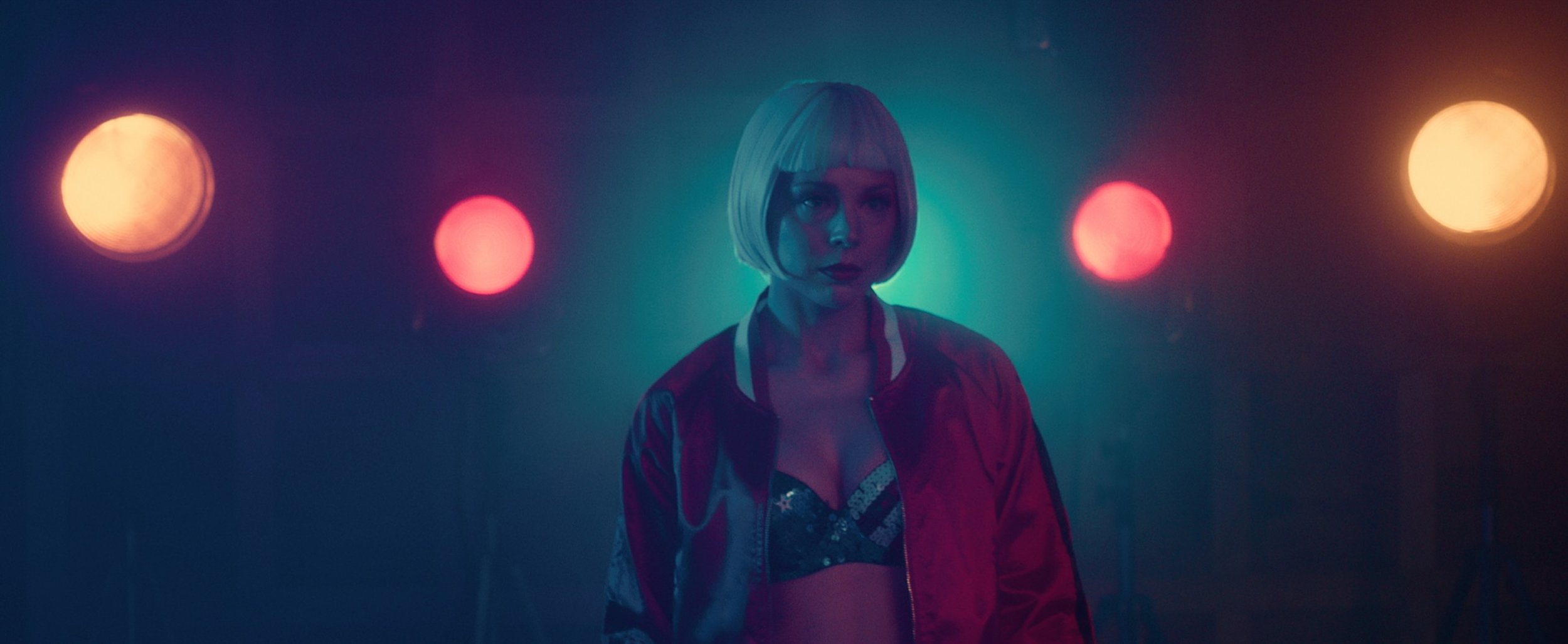
Our Story.
My old friend from Stanford and then-roommate Rebecca Whitehurst had recently completed her MFA in acting and a Fulbright in Moscow. I grew up the daughter of an actress, studied acting at the Yale School of Drama, and was craving a more generative role in projects than acting allowed, so while learning to produce under Sheila Nevins at HBO Documentary Films, I wrote something to put my hyphenate, multi-lingual roomie and myself to work — a short play about a tomboyish-femme lesbian (yours truly) who meets an insanely hot, Russian émigré go-go dancer at a gay bar (pimping my actor-dancer-choreographer-former USA National Team gymnast-Russophile friend Rebecca for her multi-dimensional talents). With a terrific team of designers, we put the show up at Dixon Place, an iconic downtown New York theater that champions feminist and queer performance.
CUT TO: Roweena Mackay (my producer and classmate from Yale) and I were looking to make a film together, and, after much scheming, we landed on making CC... into a film. I met editor Summer Spiro when my actor mom co-starred in a play with her in California, and, through Summer, I met our DP Chance Falkner, who had a production company in Tucson. Our costume designer Christina Lorraine Bullard, who had designed CC... the play — as well as every project I’ve made — came on board. Aysan Celik, also a former roommate and favorite actor who has worked Off-Broadway for 20+ years and as part of companies including the Obie-winning Civilians, stepped in to play opposite Rebecca! A generous team — from crew to assistant director to sound to HMU to caterer — came together, and we were fortunate enough to shoot at The Owls Club — a former-mortuary-turned-speakeasy — in Tucson, Arizona just pre-pandemic!
CC Dances the Go-Go explores introversion, overthinking, isolation, and desire. Nicky’s journey in the film begins with her living in her head and concludes with her connecting with another person and living in her body — dancing allows for an emotional and physical connection that the overthinking mind can’t override. The film imagines a girl walking into the utopia of a gay bar for the first time and feeling intrigued but also intimidated and overwhelmed. CC is the perfect counterbalance to Nicky since CC is someone who is very much in her body and not living exclusively in her mind. In our cutting of the film, we discovered that Nicky’s journey begins with her dissecting her experience straight to camera — where she can’t stop talking to her “dear diary” — and ends when she has nothing left to say. CC allows for Nicky’s arrival from thinking to feeling and experiencing. I often think of the line from Troilus and Cressida where Cressida commands Troilus to “Stop my mouth.” — In other words, please kiss me and get me to stop talking so much! Thus, the mechanism of direct address is something Nicky is ultimately looking to override in favor of experience in the real world with another human.
CC…, like all my other projects, centers women and LGBTQ+ people. What has historically been the “B-side” is the “A-side.”
- Erin C. Buckley (filmmaker)

